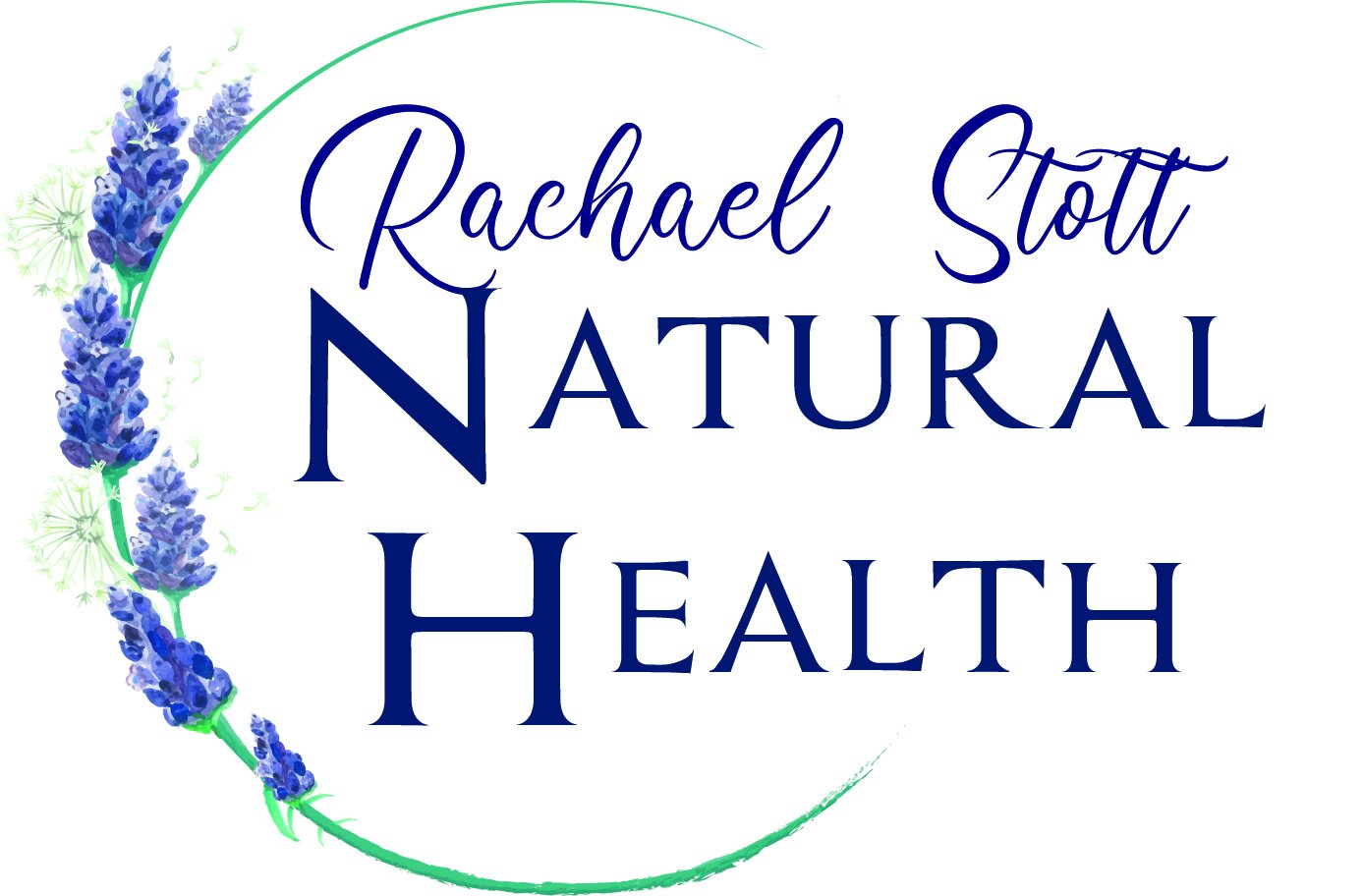Elecampane
I so love seeing the two metre tall spikes of Elecampane, Inula helenium, in mid-summer. They have sunny yellow heads which appear after the large leaves and are closely related to sunflowers and sunchokes (Jersusalem atrichokes). Elecampane is an herbaceous perennial that emerges in spring from roots and rhizomes that lie dormant over winter. The roots are harvested in autumn after the aerial parts die down from their second year. You can grow this from roots or harvest the seed to grow on.
This European and Asian native grows well in my Canterbury garden in a damp spot that gets a bit of afternoon sun. It has a long history of use with Prophet Job treating chronic boils with this herb and Hippocrates documenting it for use on itchy skin or chronic skin eruptions.
It is considered to be an aromatic bitter, indicating an affinity with the digestive system. Bitters are used as appetite stimulants and may help settle bloating or a grumbling or sore tummy.
Its botanical name, 'inula', provides a himt as to one thing the roots contain. The roots are indeed high in inulin which is a prebiotic, to support the gut microbes, stabilising blood sugar and helping with feelings of fullness. Studies have shown it to kill certain parasites too and to have antifungal actions.
Elecampane has properties that make it useful for the lungs. This may be supportive to have some elecampane infused honey, syrup or root to make from for when winter ills and and chills hit your household. It clears mucus from the lungs and soothes coughs with its medicinal aroma easing the respiratory tract.
Elecampane’s two metre spikes make an impressive sight in the mid-summer garden


